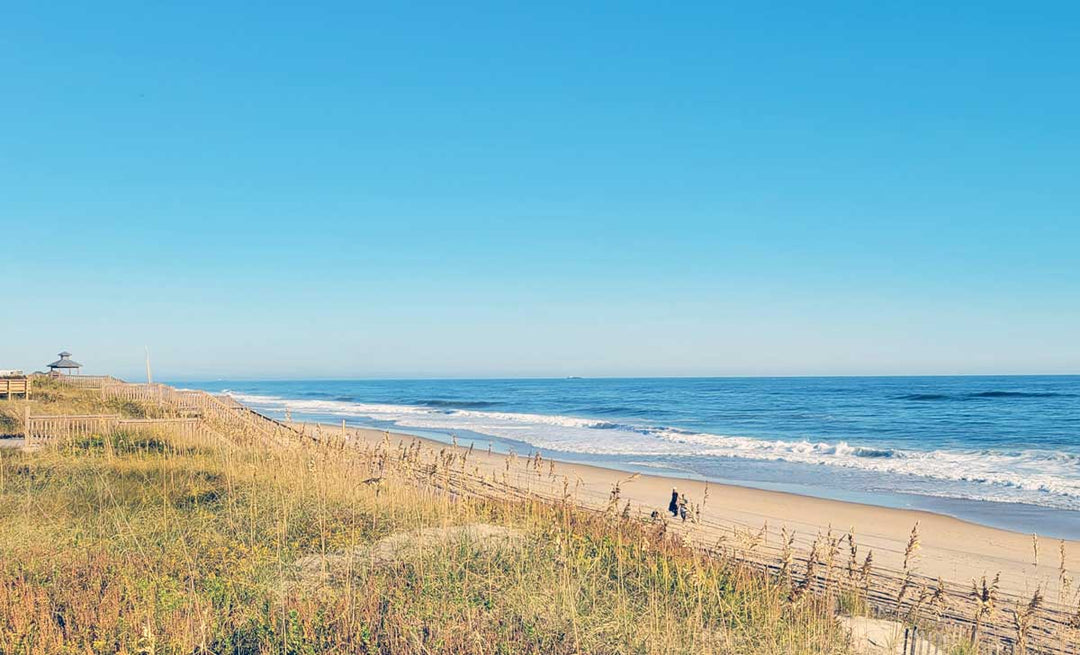2003 Hurricane That Hit Outer Banks North Carolina

Protruding out into the Atlantic Ocean, the coast of North Carolina is a popular destination for tropical storms, nor’easters and yes, the occasional hurricane to collide with.
In September of 2003, Hurricane Isabel formed from a tropical wave in the Atlantic. The storm would travel over a thousand miles to smash into the Outer Banks, a thin strip of barrier islands located off the coast of NC.
With little wind shear and very warm water, Isabel chugged slowly but surely towards the Tar Heel State and would reach peak winds of 165 mph (265 km/h) on September 11. With a well-defined eyewall, the storm was very impressive to watch on the radar.
Fortunately, the storm wouldn’t remain a category 5 for long and gradually weakened before making landfall on the Outer Banks as a category 2 storm with winds of 105 mph (165 km/h) on September 18.
This was the worst storm the OBX had experienced since Hurricane Floyd made landfall in 1999.
Isabel caused heavy damage across eastern North Carolina, with an estimated $450 million in total damages. Storm serge from the storm was intense, so intense that it craved a 2,000-foot wide inlet on Hatteras Island, isolating residents from traveling south on the roads fro two months.
Wind and water damage on the barrier islands was extensive. Powerful wind, waves and storm surge knocked about 40 houses and several oceanfront motels off their pilings. In addition to structural damages, portions of N.C. 12 were also washed away.
Hurricane Isabel dumped an estimated 4 inches of rain throughout most of the Outer Banks, which isn’t a whole lot for a storm that size. Wind gusts in association with the hurricane peaked at 105 mph (170 km/h) on Ocracoke Island, with many other locations reporting hurricane-force gusts.






Leave a comment